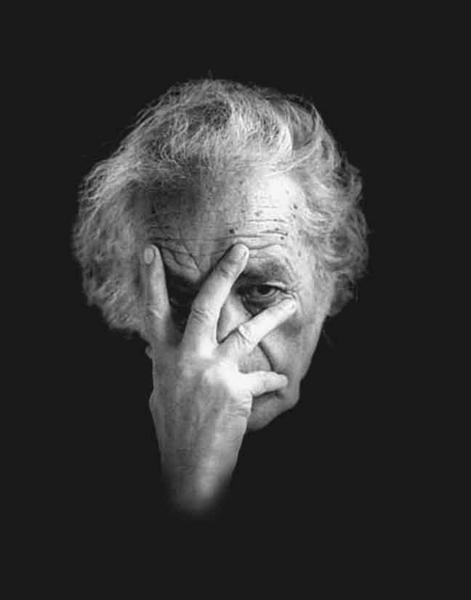Continuing “What Bolaño Read,” a series of posts by Tom McCartan charting the reading habits of Roberto Bolaño, the Chilean novelist, poet, and short story writer whose novel 2666 won this year's National Book Critics Circle award in fiction. Bolaño was a prolific writer, the author of numerous books, including 2666, The Savage Detectives, and By Night in Chile, but he was also a dedicated reader. Roberto Bolaño: The Last Interview & Other Conversations, with an introduction by former NBCC board member Marcela Valdes, is just out from Melville House.
Roberto Bolaño once declared that Franz Kafka was the best writer of the twentieth century. He also said the same thing about Anton Chekhov. And Raymond Carver. So when he refers to Chile's Nicanor Parra as “the best living Spanish language poet,” we have to take his word for it.
It is a well known part of the “Bolaño myth” that, even though his most heralded works are prose, Bolaño spent most of is formative years writing, reading, and living poetry. In fact, according to his last interview he considered himself a better poet than narrator because, he said, he was “less embarrassed” by his poetry. Among the many poets Bolaño fell in love with was Nicanor Parra.

Nicanor Parra is tired of your nonsense.
Born in 1914, Parra, according to the standard biography, studied engineering at the University of Chile, physics at Brown University, and cosmology at Oxford, and spent many years as a teacher of mathematics and a professor of theoretical physics in Santiago. His published his first collection in 1938, and his major work Poemas Y Antipoemas in 1954. Much of Parra’s work resembles the later products of the American Beat poets.
In an essay Bolaño wrote called “Eight Seconds with Nicanor Parra,” he noted “I’m only sure about one thing regarding Nicanor Parra’s poetry in this new century: it will endure…along with the poetry of Borges, of Vallejo, of Cernuda and a few others.” In a veiled compliment, one Parra probably loved, Bolaño went on to write “But this, we have to say it, doesn’t matter too much.”
In the essay, Bolaño also confesses the moment Parra stole his heart: “He once summarized Chile’s entire literary history in three verses.”
Chile’s four great poets
are three:
Alonso de Ercilla and Rubén Darío.
Though Parra once said “real seriousness” rests in “the comic,” Bolaño appreciated Parra'a solemnity, writing that he “writes as though he were going to be electrocuted tomorrow.” Take, for example, the poem “Chronos”:
In Santiago, Chile
The days are interminably long:
Several eternities in a day.
Like the vendors of seaweed
Traveling on the backs of mules:
you yawn–you yawn again.
Yet the weeks are short
The months go racing by
And the years have wings.
A collection of Parra's work Antipoems: How to Look Better & Feel Great, which the poems above are taken from, is available from New Directions, translated by “antitranslator” (in the words of Edith Grossman) Liz Werner.

